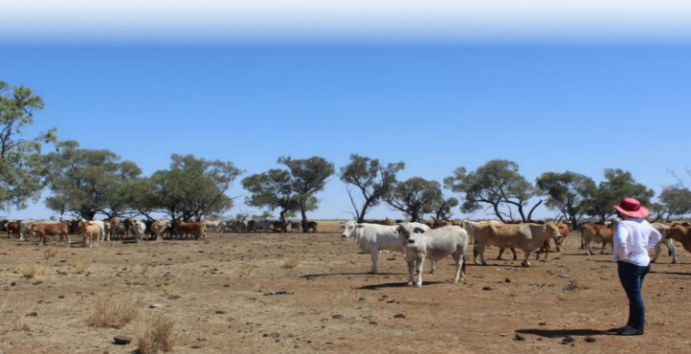
Interactions of CSG development with agriculture
This research investigated how CSG development and agriculture can be best managed in key farm production systems in southern Queensland, in order to maintain agricultural assets and the long term productivity and sustainability of both agricultural enterprises and CSG operations.
The CSG industry has expanded rapidly in grazing and broadacre cropping land, and in agricultural communities, largely in the Western Downs and Maranoa. The development of the CSG industry in agricultural areas has raised many economic, technical, social and human issues. In particular, there is a large variation in landholder opinion regarding the presence of both agriculture and CSG industries in the region, ranging from rejection of co-existence to proactive investigation of co-existence opportunities. There was a strong need to improve the evidence base to better understand how agriculture and CSG interact and how the industries could potentially co-exist.
The research focus on the following production systems:
- Extensive grazing with some broadacre dryland cultivation, mainly of winter cereals and forage cropping, largely in the Maranoa but also including the Wandoan, Miles and Tara districts; and
- Grazing with more intensive dryland cropping with possibly some irrigation, such as in Dalby, Chinchilla and Meandarra areas.
This research examined the on-farm interactions between CSG and agriculture, focusing on farm logistics, operations, business management and profitability. The project had two sub-projects:
- Quantifying effects on production and profitability – the development and use of quantifiable measures to understand the effects of CSG development on agricultural production and profitability.
- Strategies for co-existence – understanding the factors that support or inhibit co-existence between CSG and agriculture and assessing and developing strategies that enhance co-existence.
PROJECT OUTPUTS
- Internal working paper: Co-existence between agriculture & CSG development
- Research poster: Centre Research Review (2016)
- Media release: Study to probe farm impacts of CSG development
- Conceptual model: Definition and conceptual model of co-existence between agriculture and coal seam gas operations in Australia.
- Impact assessment: Impacts of Coal Seam Gas Development on Agricultural Production and Profitability in Southern Queensland.
- Impact assessment: Coal Seam Gas Impacts on Farm Production and Profitability: Results from Monitoring of Case Studies.
- Impact framework: Development of measures of production and profitability impacts of coal seam gas development.
- Greater understanding: Understanding factors that drive co-existence between CSG and agriculture: Landholders’ Experiences and Perspectives.
- Greater understanding: Understanding strategies to manage agricultural business impacts and co-existence between agriculture and coal seam gas development in southern Queensland.
|
